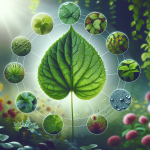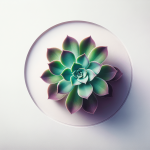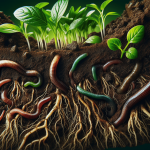This post may contain affiliate links. As an Amazon Associate, we may earn commissions from qualifying purchases.
How do I use greywater for garden irrigation safely?
So, you’ve been mulling over the idea of using greywater to keep your garden happy and flourishing. Awesome! It’s a sustainable move that can significantly reduce your household’s water usage. But you might be wondering, “How do I do this without causing a botanical cataclysm in my own backyard?”
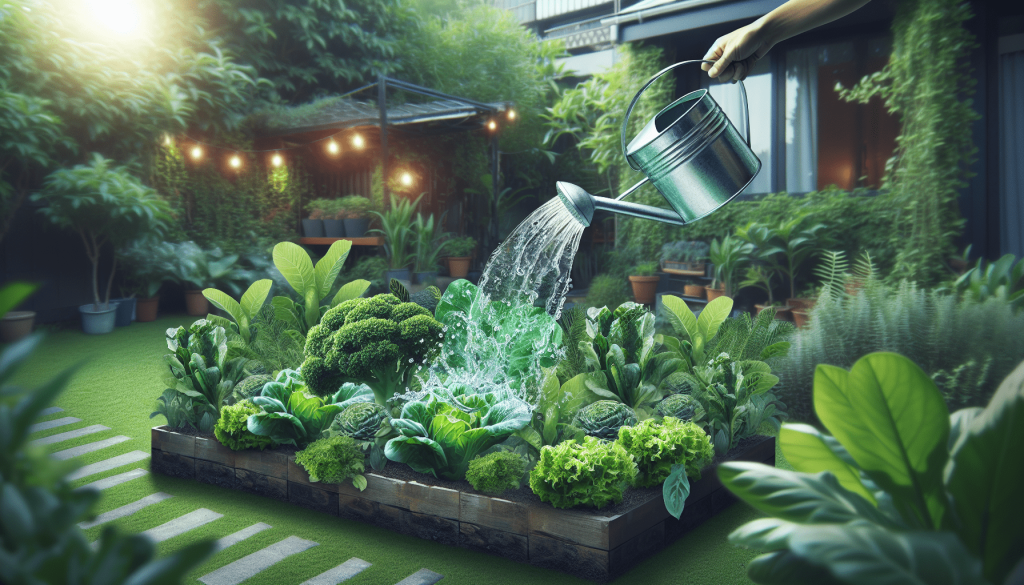
What is Greywater?
Before we get into the nitty-gritty, let’s clarify what greywater actually is. Greywater is gently used water from your bathroom sinks, showers, tubs, and washing machines. This is not the same as black water, which is water that has come into contact with fecal matter, typically from toilets.
Sources of Greywater
Not all sources of greywater are created equal. Here’s a quick rundown:
| Source | Description |
|---|---|
| Bathroom Sink | Water from handwashing and brushing your teeth. |
| Shower/Tub | Water from bathing and washing your hair. |
| Washing Machine | Water from washing clothes. Be cautious of detergents and the type of clothes washed (e.g., diapers). |
Understanding these sources helps you recognize what can be reused and what should be treated with caution.
Is Greywater Safe for Garden Irrigation?
You might wonder about the bacteria, chemicals, and potential contaminants in greywater. Legitimate concerns! But don’t worry—if treated properly or sourced wisely, greywater can be relatively safe for garden irrigation.
What Plants Love Greywater?
Some plants thrive on greywater, while others, not so much. Here’s a helpful list of what and what not to water with greywater:
| Plant Types | Safe for Greywater | Not Safe for Greywater |
|---|---|---|
| Fruit Trees | Yes | No |
| Lawns & Ornamentals | Yes | No |
| Root Vegetables (e.g., Carrots) | No | Yes |
| Leafy Greens (e.g., Lettuce) | No | Yes |
Can you spot the pattern? Generally, greywater is better suited for non-edible plants.
How to Treat Greywater
The idea of treatment might sound menacing, but it’s simpler than you think. It’s about ensuring the water is as clean as possible without jumping through too many hoops.
Simple Treatment Methods
- Settling Tanks: These allow suspended particles to settle to the bottom.
- Sand Filters: Water passes through layers of sand, which traps impurities.
- Natural Filters: Using plants and natural elements like reeds in a constructed wetland or pond.
Avoid Harmful Chemicals
To get the most out of greywater, avoid using products high in sodium, boron, or bleach. Opt for biodegradable soaps and detergents. Your plants will thank you!
Setting Up a Greywater System
Direct Application
The simplest way to use greywater is to directly bucket it from the source to your garden. However, this method can be labor-intensive and isn’t practical for everyone.
Greywater Systems
For a more hands-off approach, you can install a greywater system. Here are a few of the most common types:
Diverter Systems
These are relatively easy to install and can channel greywater straight to your plants through a hose or drip irrigation system.
| Pros | Cons |
|---|---|
| Easy to install and use | Limited to small-scale setups |
| Inexpensive | Needs regular maintenance |
Greywater Irrigation System with Filters
These systems are more advanced and usually come with filters to remove particles and contaminants before the water reaches your plants.
| Pros | Cons |
|---|---|
| Suitable for large gardens | Higher initial cost |
| More consistent water supply | Requires professional setup |
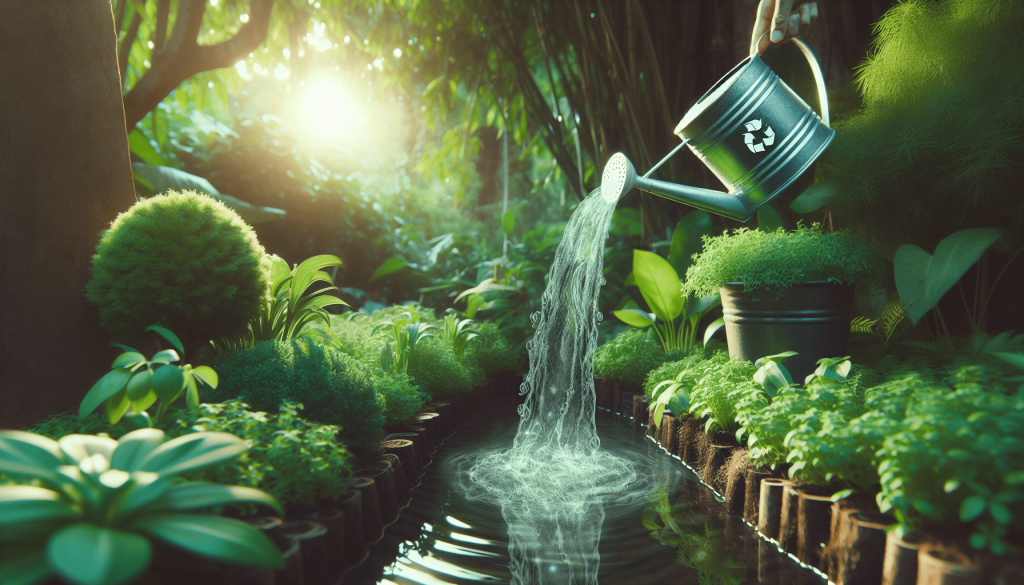
Legal and Health Considerations
Local Regulations
First off, check your local regulations. Some areas might have specific rules about greywater use.
Health Risks
Using untreated greywater can carry some health risks, particularly if you water edible plants. Always wash any produce thoroughly if you do use greywater for your food crops.
How Often Can You Use Greywater?
You might wonder if there is a limit to how frequently you can water your garden with greywater. It’s best to alternate between greywater and freshwater to avoid soil buildup of salts and chemicals.
Seasonal Adjustments
The efficiency of your greywater system might fluctuate with the seasons. Adjust accordingly and always monitor the response of your plants.
Monitoring and Maintenance
Regularly inspect your greywater system. Check for clogs, leaks, and ensure the water is draining properly. Clean filters as needed and observe your plants for any signs of distress, such as yellowing leaves, which might indicate an issue with your greywater quality.
Benefits of Using Greywater
The advantages extend beyond conserving water:
Environmental Impact
Reduce your strain on municipal water systems and help reduce energy and resources needed for wastewater treatment.
Financial Savings
Lower water bills are a delightful bonus of using greywater for garden irrigation. More green in your garden and less out of your wallet!
Resilience
Greywater systems can act as a drought buffer, ensuring your garden stays hydrated even during water restrictions.
Conclusion
Using greywater for garden irrigation is not just an environmentally friendly choice, but also a practical one. With a bit of planning, a touch of maintenance, and a nod to safety, you can make your garden both sustainable and luscious. You’ll be saving water, saving money, and giving a big high-five to Mother Nature.
Now, isn’t that a garden where everyone wins?

